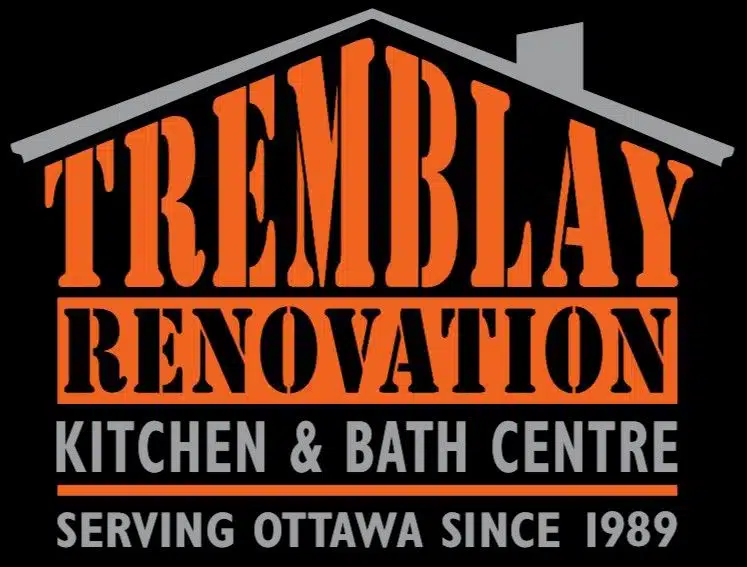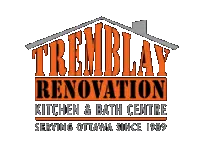As a homeowner, perhaps nothing feels more satisfying than completing a renovation you’ve been planning for months. By the following year, you’ve settled into the space and made it truly your own. But did you know, during tax season, you might be able to recoup some of the costs of that renovation? Here, we’ll look at what renovations to your home are tax deductible, including the process for filing (in case your project is set to be completed this year).
Understanding Tax Credits vs. Deductions for Home Renovations
Before we break down the money you could be getting back, it’s important to draw a distinction between tax credits and tax deductions.
Tax Credits
When filing your taxes, you can apply for tax credits to increase your refund or decrease the amount of money you may owe in taxes. Various credits exist, such as the Multigenerational Home Renovation Tax Credit (MHRTC), which supports creating a self-contained secondary unit on your property. This is what is considered a refundable tax credit.
- Refundable tax credit: This can increase your refund if you are getting money back when filing your tax return.
- Non-refundable tax credit: You can’t get money back for non-refundable credits, but they can help to reduce the amount of money you owe when filing your tax return.
Tax Deductions
Similar to non-refundable tax credits, you can’t get money back from tax deductions. However, these reduce the amount of income that the government uses to calculate how much tax you owe. An example would be investing in your Registered Retirement Savings Plan (RRSP).
Eligibility Criteria for Claiming Home Renovations on Your Taxes
The primary way to claim a home renovation on your taxes is through the MHRTC. The eligibility criteria for this tax credit include the following:
- The renovations add a secondary unit to your property. The unit must consist of:
- The tax claim is being made for the tax year the renovations are completed, regardless of when they started.
- The individual living in that secondary unit or planning to live there should be 65 or older, or between 18-64 and qualify for the Disability Tax Credit (DTC) during the tax year the claim is made in.
- This is the only MHRTC claim made for the qualifying individual.
- The individual claiming the credit must be a qualifying individual or a relative (spouse, common-law partner) and live in the residence where the renovations took place 12 months following the renovations.
- If the individual is the property owner or the beneficiary of the trust who owns the property, they can also claim the tax credit.
Exploring the $7,500 Home Renovation Tax Credit
Eligible individuals can claim up to $50,000 for applicable renovations, for a total tax credit of $7,500. However, if the renovation is below this amount, the credit will apply to 15% of that total.
For example:
- Renovation #1: Costs $70,000. Per the limit of $50,000, 15% of those costs are available for the credit, totalling $7,500.
- Renovation #2: Costs $25,000. Following 15%, $3,750 is the applicable tax credit.
Please note that if the renovation costs were split between multiple parties, the tax credit will be divided accordingly.
How to Claim Home Renovation Expenses on Your Canadian Tax Return
When it’s time to file your taxes, ensure you’re aware of the steps and necessary documentation needed to apply for the MHRTC:
- Line 45355: to claim on your tax return.
- Schedule 12: Report expenses and calculate the credit.
- Provide Supporting Documentation: Vendor/contractor details, description of goods and services, and proof of payment (receipts and invoices).
Ontario Tax Credits and Rebates for Home Renovations
- Enbridge Rebates and Energy Conservation: This program, run by Enbridge, offers rebates on services that conserve energy in your home, including insulation, smart thermostats, windows and doors.
- HST New Housing Rebate: This government rebate program is for those building or extensively renovating a house or converting a non-residential property into a home.
- Home Accessibility Tax Credit (HATC): This government credit is for renovations (widening doorways or installing a shower chair) to make a home more accessible for those 65 and over, or those eligible for the DTC.
How Tremblay Renovation Can Assist with Tax-Efficient Home Improvements
At Tremblay Renovation, we specialize in creating functional, accessible spaces, whether adding a kitchen or bathroom, widening doorways, installing grab bars, or updating outdated spaces.
With years of experience in in-law suites, bathroom modifications, and accessibility upgrades, our team ensures your project meets all building codes and eligibility requirements for potential tax credits.
Need help with a tax-deductible renovation? Contact us today, and let’s bring your vision to life while keeping quality in mind.




